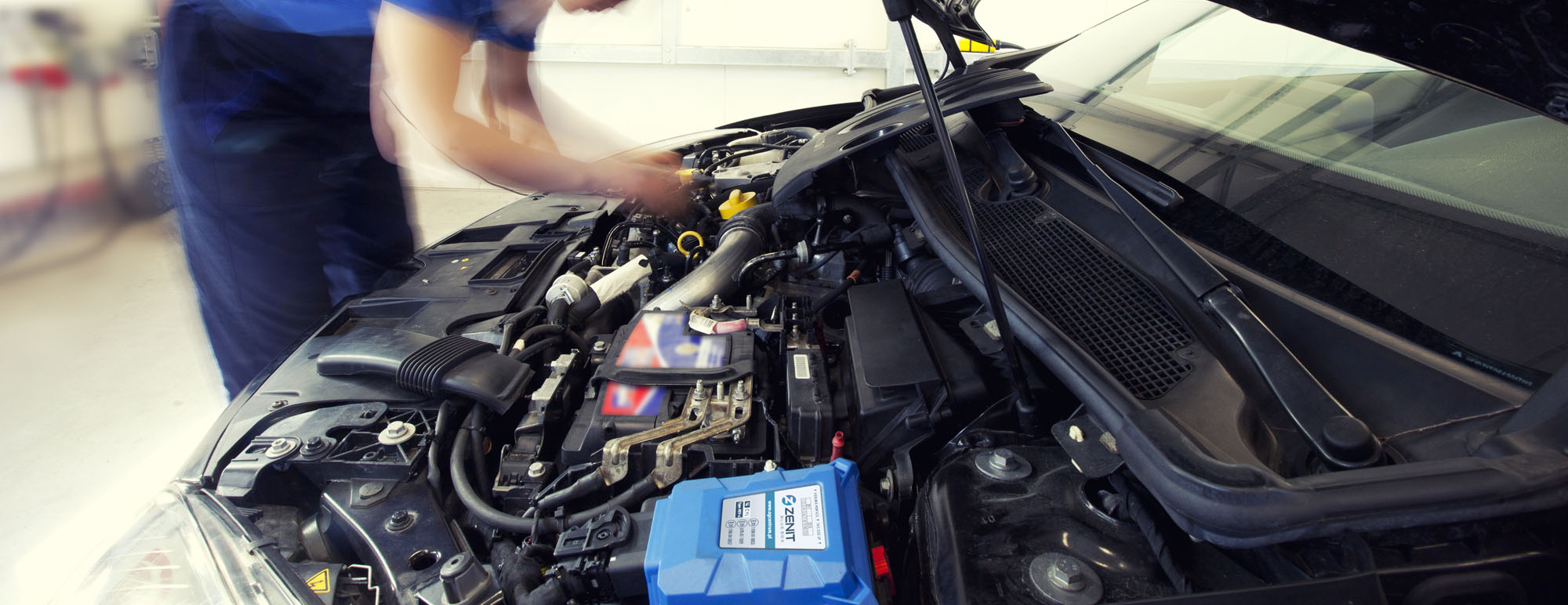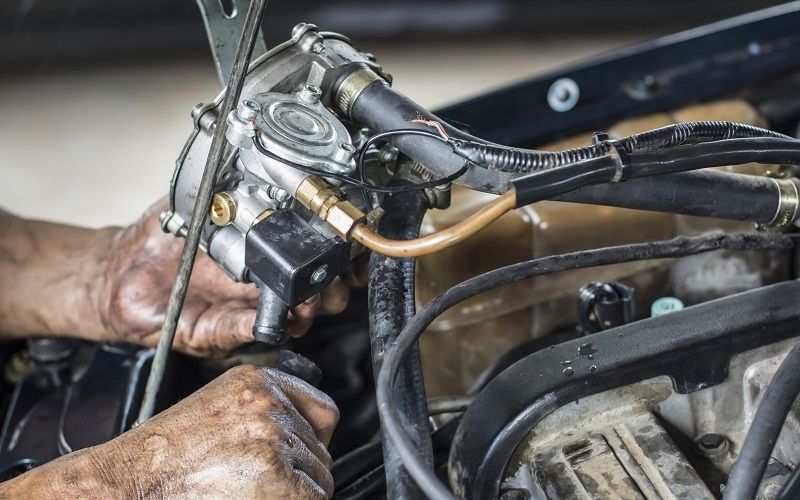‘Frequent mistakes made while operating a car on LPG’
Installation of LPG installation is the simplest method for significant savings on fuel costs, while maintaining the performance of the car and the comfort of its use. Gas means not only lower expenses and more kilometers driven with the same expenditure, but also helps to protect the environment, because burning gas does not emit as many harmful substances as driving on gas or crude oil. Modern LPG installations are adapted to be installed in almost every type of car, and their prices are so moderate that the savings are also within the reach of drivers who cover medium distances with their car. When operating a car with LPG, however, you must be careful not to make mistakes that may cause troublesome breakdowns and affect the service life of the installation itself. Let’s see what situations and behaviors should be avoided.
Proper selection and assembly of LPG installations
Installation of LPG installations is possible in the vast majority of cars. Both older, simpler engine designs and more modern, and therefore more complex, engines are suitable for this. Gas can be successfully installed in an engine with indirect fuel injection, but also in a modern direct injection unit. The key factor here, however, is the quality of the installation itself, as well as its professional connection and proper calibration.
The biggest problem of cars with gas installations is usually their technical condition. It is a mistake to install LPG in a car whose engine is in a bad technical condition, and also when there are various faults in it. The gas installation, although very efficient, requires good combustion conditions for effective operation. Before making the decision to switch to gas, it is worth verifying the condition of the drive unit and its accessories. If we do not do this, there may be problems with the cylinder head, valves, electrical system and the fuel system supplying the engine with gasoline.
The second group of problems that await users of LPG installations are problems caused by improper assembly. Each installation should be installed strictly according to the manufacturer’s recommendations. Any negligence and shortcuts may result in faults in the car, and sometimes even damage to the installation itself. The cooling system and the intake manifold are particularly sensitive to proper installation. In the first case, coolant leaks may occur quite often and, as a result, the engine overheats, in the second case, there are leaks at the injectors’ seat, and with a lot of sloppiness of the installer, even filings and contamination can get into the system.
What should you watch out for when using a car with a gas installation?
In cars that are powered by LPG, it is necessary to check valve clearances more often, unless the car is equipped with hydraulic tappets. The problems with the play arise from the higher combustion temperature of the gas and therefore the greater stress on the individual components.
The use of gas also means that the user should pay attention to the electrical system. Due to the fact that ignition of the gas-air mixture is more difficult than the gas-air mixture, the spark plugs have to generate the spark more efficiently. This means working with a higher load. In a car with LPG, you need to more consciously check and replace candles, as well as control the condition of the wires and the efficiency of the coils.
The operation of the car with an LPG system due to the driver’s fault may result in damage to the fuel system. This is because users do not refuel the tank with fuel. This causes relatively frequent failure of the pump, which starts and runs without proper lubrication and cooling provided by the flowing fuel.
Another typical neglect is driving too infrequently with the use of gasoline. This is important as it cleans the gasoline injectors. For this to be possible, however, a longer journey on a warm engine is necessary – an appropriately set temperature for switching to gas is enough.
What should a gas car user not forget?
Proper operation of the LPG installation requires careful selection of the service that will install it. The selection of the device itself is also important. It is also important to follow the manufacturer’s recommendations regarding proper car servicing. When driving on gas, you must not forget to inspect the system, depending on the type, even every 10,000-15,000 km or at least once a year. It is also necessary to regularly replace the filters of the liquid and volatile phases, clean the reducer and take care of the condition of the injectors.
When driving a car with an LPG system, the inspection intervals of all other systems must be meticulously adhered to. However, the most important thing will be to take care of the condition of the air filter and systematic oil and filter changes.
(Translated from google translate)

